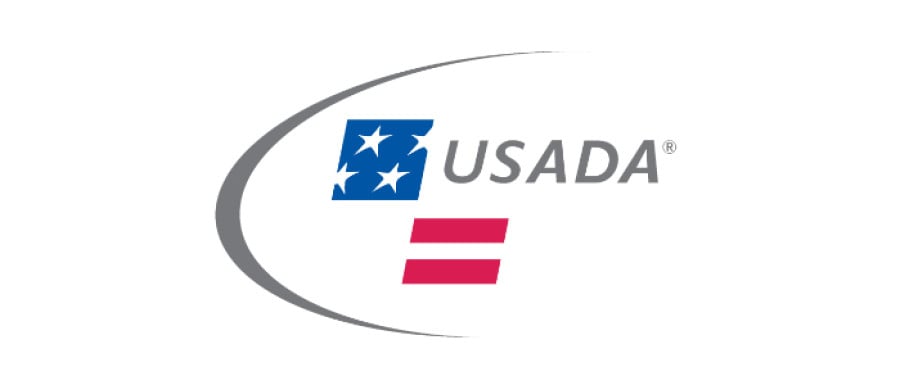U.S. Cycling Athlete Ira Sorenson Accepts Sanction for Anti-Doping Rule Violation
Press Release
15th February 2019
USADA announced today that Ira Sorenson, of Herriman, Utah, an athlete in the sport of cycling, has accepted a two-year suspension for an anti-doping rule violation.
In addition to its Olympic and Paralympic anti-doping programs, USADA works with National Governing Bodies (NGBs) in sport to execute anti-doping initiatives like the RaceClean Program that are funded by the NGB. Sorenson, 43, was subject to testing due to his membership in USA Cycling, which maintains the RaceClean Program that works to fight doping in the sport of cycling. The goal of the RaceClean Program is to increase testing and education to provide greater doping deterrence and is maintained through member funding, donations, and local association partnerships.
Sorenson tested positive for androgenic-anabolic steroids (AAS), specifically the use of testosterone and/or testosterone metabolites, from an in-competition urine sample collected on September 8, 2018 at the LaToJa Classic. His urine sample was analyzed using a specialized test that differentiates between AAS naturally produced by the body and prohibited anabolic agents of external origin. Anabolic agents have powerful performance-enhancing capabilities and have been demonstrated to give athletes an unfair advantage over fellow competitors.
AAS are non-Specified Substances in the class of Anabolic Agents and are prohibited at all times under the USADA Protocol for Olympic and Paralympic Movement Testing, the United States Olympic Committee National Anti-Doping Policies, and the International Cycling Union Anti-Doping Rules, all of which have adopted the World Anti-Doping Code and the World Anti-Doping Agency Prohibited List.
Although the athlete’s medical records showed that his use of testosterone was pursuant to a prescription he was taking in a therapeutic dose under the care of a physician, he lacked a valid Therapeutic Use Exemption (TUE). Under the USADA TUE Policy, an athlete has the responsibility to demonstrate in advance of using a prohibited substance that the medical need to treat an acute or chronic condition satisfies all four strict criteria within the WADA International Standard for TUEs (ISTUE). It is also important to understand that a prescription in and of itself is not adequate evidence to authorize the use of a prohibited substance in sport.
Sorenson’s two-year period of ineligibility began on September 8, 2018, the date his positive sample was collected. In addition, Sorenson has been disqualified from all competitive results obtained on and subsequent to March 19, 2011, the date he began competing in USA Cycling-sanctioned events while using prohibited substances, including forfeiture of any medals, points and prizes.




